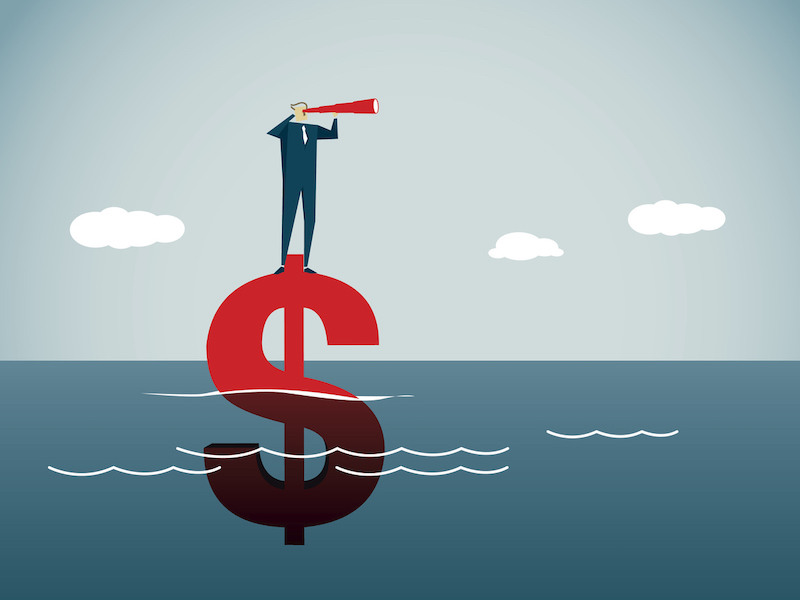
No one wants to see a repeat of the second quarter’s Covid-19-driven economic shutdown. However, with the economy reopening and no vaccine yet available, the possibility can’t be ignored.
Canada’s GDP dropped 38.7% year over year in Q2 but has since rebounded strongly. The economy grew by 4.8% in May and 6.5% in June, with preliminary estimates for July also looking strong.
Yet, a continued recovery assumes that any future wave of the pandemic requires “a lighter containment touch” than was necessary to flatten the first wave, said RBC Economics in a provincial outlook report on Thursday.
As it stands, the economy could require years to recover lost ground, said the report, which offered detailed forecasts by province.
The good news is that a second shutdown may not be likely, given data on the recent death rate from the virus.
In a report on Wednesday, National Bank Financial, Inc. assessed the number of Covid-19 cases versus deaths in North America and Europe. That analysis showed that a recent increase in cases hasn’t resulted in a surge in deaths compared to March and April.
While the increase in cases may partly be explained by improved testing, changing demographics may also be a factor in explaining the lower death rate, the National Bank report said.
For example, the virus is spreading more among younger people, who tend to have less severe symptoms, while seniors and others at risk are taking greater precautions.
“For these reasons, we remain confident that a second generalized economic lockdown is unlikely,” National Bank said.
The bank’s base-case scenario is that strategies to address a second wave of Covid-19 would likely focus on limiting victims without crimping the economy.
Economic recovery depends on work trends
Even without a second shutdown, economies aren’t expected to return to pre-Covid-19 levels of output this year.
The GDP gap between Q4 of 2020 and Q4 of 2019 could be 4% to 6% for Canada, as well as for the U.S. and U.K., RBC Economics said in a macroeconomic outlook report on Thursday.
Whether a full economic recovery can happen next year depends on a vaccine, as well as on people being able to return to work.
“As government support programs gradually unwind, it will fall to improving labour market conditions to drive consumption,” the report said.
RBC’s base-case scenario was that another lockdown would be avoided, allowing the labour market to recover.
In Canada, almost two-thirds of workers who lost jobs were back at work last month, though many had reduced hours, RBC said.
As a result of the recovering labour market and continued government support, Canadian consumer spending in some areas has exceeded pre-pandemic levels.
For example, housing sales soared to an all-time high in July, manufacturing sales revved up and trade activity rebounded, RBC said.
That activity motivated RBC to revise its fourth-quarter GDP projection from June. It now projects Canadian GDP of 6% in Q4 of 2020, up from 5%.
Next year’s GDP projections from RBC ranged from 4% in the first half of the year to 5% in the second half.
Still, the bank warned of a recovery divergence depending on sector.
“Ongoing weakness in the services industries will weigh on the economy and delay the return to full capacity,” the report said.
For full details, read RBC Economics’ provincial outlook, RBC Economics’ macroeconomic outlook with financial market forecast tables, and National Bank Financial, Inc.’s report.